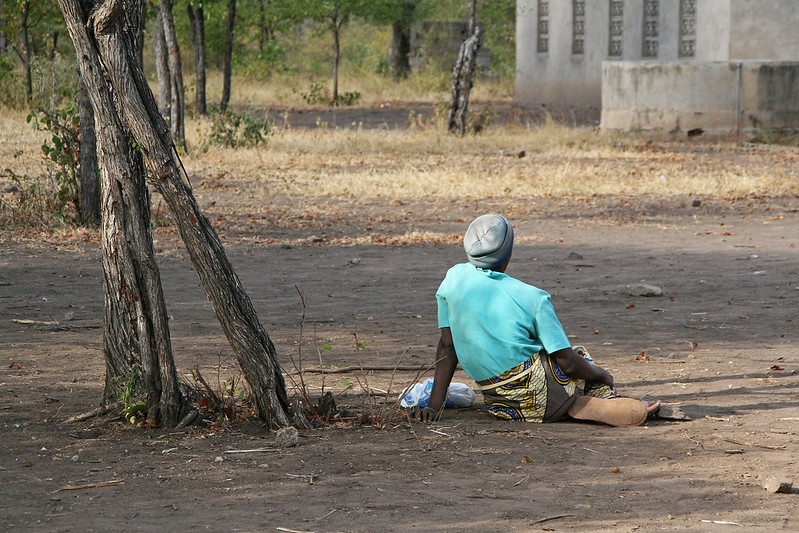 The gender wage gap in Zimbabwe has had a detrimental impact on women, limiting their economic independence, reinforcing social inequalities and hindering national progress. Although women make up 59.7% of the labor force population, they continue to earn significantly less than their counterparts. This persistent imbalance perpetuates an unstable patriarchal society and denies women full participation in economic growth.
The gender wage gap in Zimbabwe has had a detrimental impact on women, limiting their economic independence, reinforcing social inequalities and hindering national progress. Although women make up 59.7% of the labor force population, they continue to earn significantly less than their counterparts. This persistent imbalance perpetuates an unstable patriarchal society and denies women full participation in economic growth.
Understanding the Gender Wage Gap
The gender wage gap refers to “the difference between median earnings of men and women relative to median earnings of men.” In Zimbabwe, factors such as unequal access to education influence this difference, with more than 8,000 girls dropping out more than boys. and limited job opportunities. For example, many women work in low-income domestic jobs and earn “less than $5.50 a day.” Even within the same industries as men, women tend to less pay for performing similar work. These statistics are only a partial reflection of what women go through on a day-to-day basis, making it imperative to address the root causes of this inequality.
Root Causes of the Gender Gap in Zimbabwe
- Cultural and Social Norms: Patriarchal attitudes significantly dominate many communities in Zimbabwe. Traditional gender roles often prioritize men as breadwinners, while women are expected to take on unpaid caregiving roles. For example, women carry an estimated 79% of the burden of water fetching responsibilities. These norms reduce women’s career prospects and hinder their advancement in the workplace.
- Education and Skills Gaps: While gender parity in basic education has improved, disparities persist at secondary and higher levels of education. More girls than boys drop out before completing secondary education, largely due to financial pressure and gendered expectations. Moreover, women are underrepresented. Furthermore, they face difficulties in accessing high-paying, male-dominated (71.21%) careers such as STEM (Science, Technology, Engineering, and Mathematics) fields. This is due to limited access to resources and the prevailing belief that women do not belong in the field.
- Discriminatory Work Practices: Lack of enforcement of equal pay laws and limited transparency around wages in Zimbabwe contribute to the gender wage gap and discrimination. Women are less likely to be promoted to leadership roles, even when they have the necessary qualifications and experience. Although Section 65 of the 2013 Constitution guarantees equal pay for equal work, enforcement remains weak. Without accountability, the gender wage gap in Zimbabwe continues to widen.
- Informal Employment: About 65% of Zimbabwean women work in the informal sector, where wages are often low, unpredictable and unregulated. These jobs usually do not provide social protections such as maternity leave, pensions and health care benefits. For example, only 12.7% of women receive their maternity benefits. Informal employment significantly contributes to the gender wage gap in Zimbabwe. It traps women in low-paying, insecure jobs with no progression.
Steps Towards Closing the Gender Gap in Zimbabwe
- Policy Reforms and Enforcement: Zimbabwe introduced the National Gender Payin 2013 and revised it in 2017. Section 65 of the Constitution states “equality in employment and equality of remuneration for similar work among men and women.” This policy aims to eliminate the gender disparities in economic opportunities, including pay, promotion and leadership opportunities. However, implementation remains inconsistent, and more work is necessary to ensure it applies to all. In the education sector, the revitalization of Zimbabwe’s education sector has led to the launch of programs to support female leadership and mentoring in STEM departments, helping more women pursue and succeed in technical careers.
- Empowering Women in Leadership: The Zimbabwe Gender Commission (ZGC), established in 2014, actively encourages women’s participation in politics, business and decision-making roles. The commission works to challenge stereotypes, promote women’s rights, empower women economically, raise public awareness and investigate gender-based discrimination. In its 2023 annual report, the ZGC highlighted a key achievement: it conducted targeted training workshops to equip women candidates with the skills and knowledge needed for effective political participation. As a result, 37 women were successfully elected to various political offices.
- Promoting Education for Girls: The Girls’ Education Accelerator, launched in collaboration with UNICEF and the Global Partnership for Education, helps girls in Zimbabwe overcome barriers like early marriage and financial hardship. It provides school supplies, menstrual hygiene products and scholarships. Since its implementation, thousands of girls have returned to school and progressed to higher levels of education. These investments equip girls for careers that challenge the traditional income divide.
- Support for Informal Workers: The launch of initiatives to provide protections, such as the Women’s Microfinance Bank in 2018, enables women to expand their businesses, move into formal employment and secure financial independence. The Bank provides low-interest loans to women in financial difficulties to empower them economically and socially. By 2021, more than 40,000 women had accessed financial services through the bank.
- Public Awareness Campaigns: Organizations like UN Women Zimbabwe and local NGOS run awareness campaigns to shift public attitudes on gender roles, such as releasing a booklet of Impact Stories to encourage support and collaboration. Campaigns focus on challenging stereotypes, promoting shared household responsibilities, creating inclusive economic growth and encouraging men to become allies in gender equality. These efforts aim to reshape cultural norms that sustain the gender wage gap in Zimbabwe.
Looking Ahead
The gender wage gap in Zimbabwe requires further addressing to eliminate it from all aspects of society. Ongoing initiatives and programs have provided hope and empowerment for women that the systemic barriers can be broken down. Empowering women benefits not only them but the nation as well, providing greater stability, prosperity and justice for all Zimbabweans.
– Blessing Nkama
Blessing is based in London, UK and focuses on Politics for The Borgen Project.
Photo: Flickr


 In many rural, impoverished parts of
In many rural, impoverished parts of 
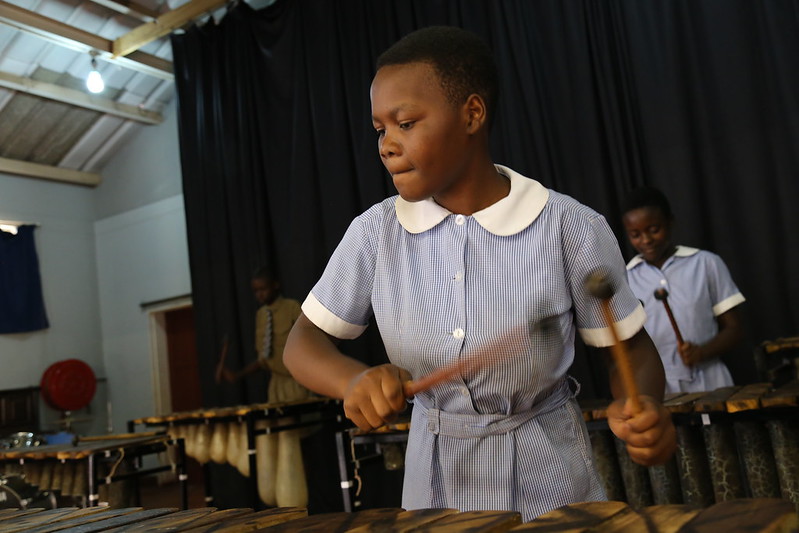 The
The 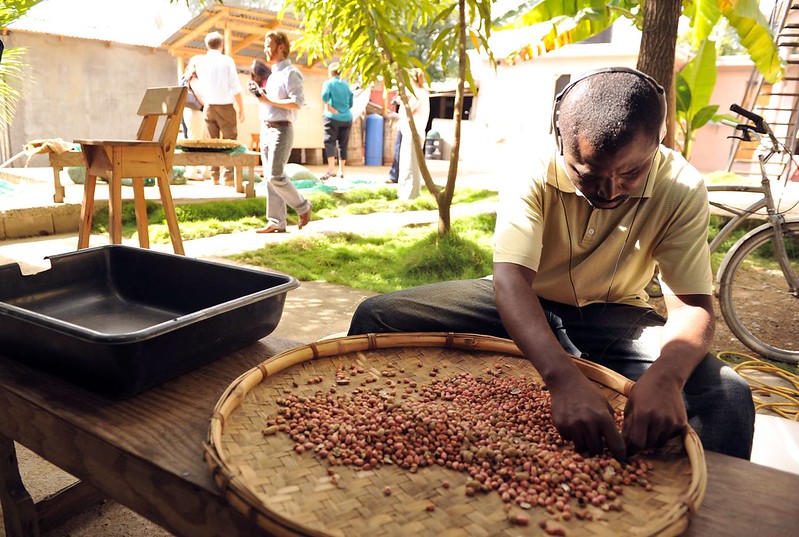
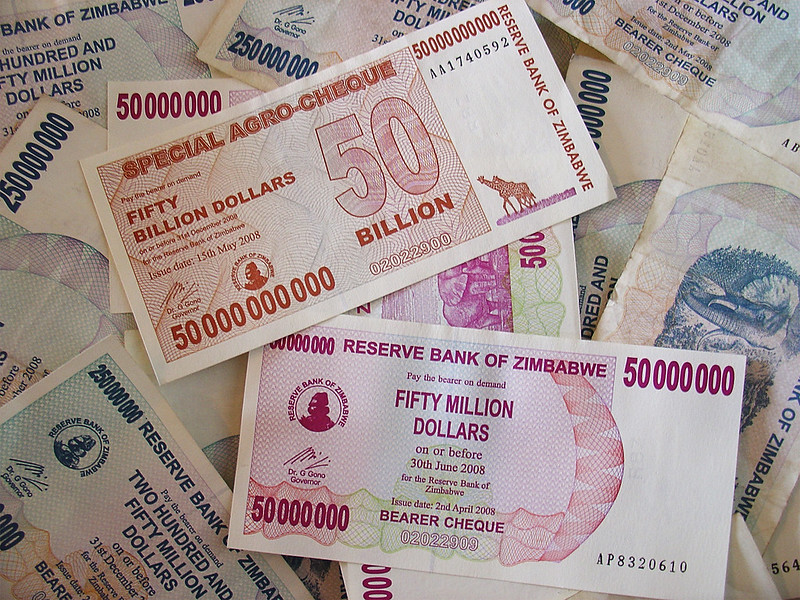
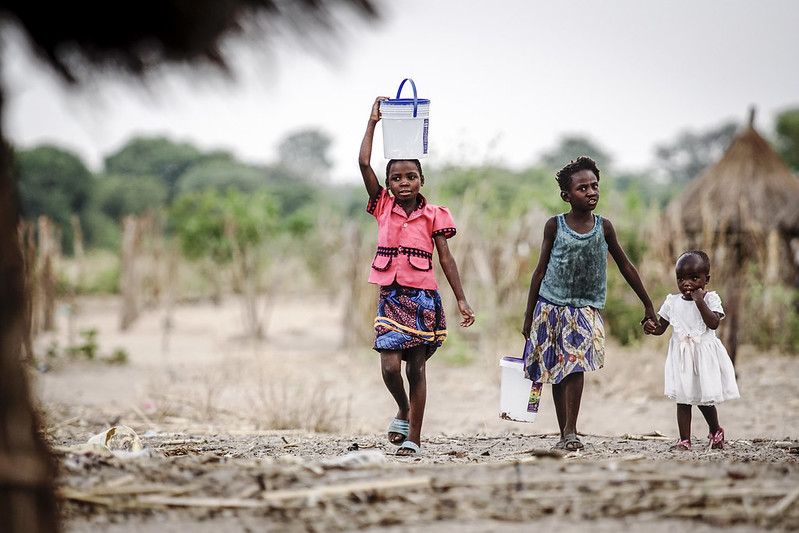 Zimbabwe, situated in southern Africa, grapples with serious
Zimbabwe, situated in southern Africa, grapples with serious 